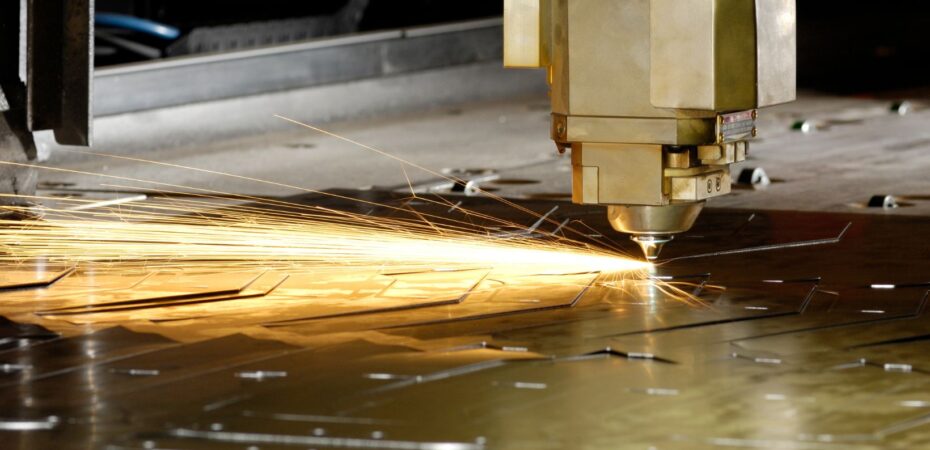In the dynamic world of high-power laser processing, achieving precision and efficiency is the ultimate goal. Engineers and researchers are constantly on the lookout for innovative solutions to enhance laser beam quality and control. Among these solutions, beam expanders stand out as crucial technologies. They play a pivotal role in magnifying laser beams, improving their divergence characteristics, and enabling precise manipulation for various industrial applications. In this article, we take a closer look at beam expander technologies and their significance in high-power laser processing applications.
Understanding Beam Expanders
Beam expanders are optical devices meticulously designed to enlarge laser beams while preserving their spatial coherence and quality. They typically comprise a combination of lenses or lens systems strategically arranged to magnify the beam diameter.

This magnification effectively reduces the beam divergence, resulting in a more collimated and focused output.
Key Components and Functionality:
- Lenses: Beam expanders harness multiple lenses, including convex and concave lenses, arranged in a specific configuration to achieve the desired expansion ratio. These lenses work together to modify the beam’s wavefront and divergence characteristics.
- Galilean vs. Keplerian Designs: Beam expanders come in two primary designs: Galilean and Keplerian. Galilean beam expanders consist of a positive and a negative lens, offering compactness and simplicity. In contrast, Keplerian beam expanders employ two positive lenses, providing superior performance in terms of beam quality and magnification.
- Variable Magnification: Advanced beam expanders offer variable magnification capabilities, allowing users to adjust the expansion ratio as per application requirements. This flexibility enhances precision and versatility in laser processing tasks.
Applications in High-Power Laser Processing
Beam expanders find extensive applications in various high-power laser processing tasks, including:
- Laser Cutting and Welding: By improving beam quality and focus, beam expanders enhance cutting precision and welding depth in metal fabrication processes.
- Micromachining: In microfabrication and micromachining applications, beam expanders enable precise ablation and patterning of materials with sub-micron resolution.
- Laser Marking and Engraving: Beam expanders play a crucial role in achieving finer details and higher resolution in laser marking and engraving applications across diverse materials.
Advantages and Benefits
Enhanced Beam Control: Beam expanders offer precise control over laser beam divergence, enabling better focus and manipulation, particularly in high-power applications.

- Improved Depth of Field: By reducing divergence, beam expanders extend the depth of field, ensuring consistent processing across varying material thicknesses.
- Increased Efficiency: Optimized beam quality and focus lead to improved process efficiency, reducing scrap rates and enhancing overall productivity.
- Versatility: Beam expanders accommodate a wide range of laser systems and can be seamlessly integrated into diverse industrial setups, enhancing their versatility and applicability.
Future Trends and Developments
As high-power laser processing advances, the demand for more sophisticated beam expander technologies is expected to rise. Future developments may focus on:
- Integration with adaptive optics for real-time beam shaping and correction.
- Miniaturization and enhanced portability for use in compact laser systems.
- Incorporation of advanced materials and coatings for improved performance in demanding environments.
In the realm of high-power laser processing, beam expanders play a pivotal role in achieving precision, efficiency, and control. By magnifying laser beams and optimizing their characteristics, beam expanders empower engineers and researchers to push the boundaries of what’s achievable in various industrial applications. As technology continues to evolve, the role of beam expanders in high-power laser processing will undoubtedly become even more significant, driving innovation and progress in the field.


 By
By 




